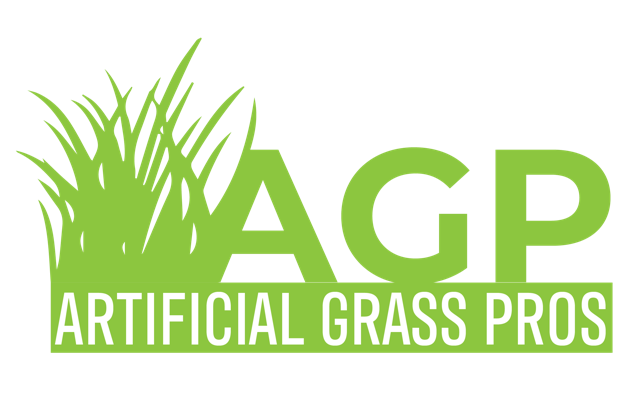Artificial turf is basically a surface of synthetic fibers made to resemble natural grass. It’s most
frequently found in sporting venues for outdoor sports which are commonly played or are originally
played on natural grass. But it has also become widely used on commercial and residential
properties as well. It may be created using different materials which include nylon, polyethylene
(PET) or polypropylene (PPE). But the main ingredient is the same, which is synthetic grass.
So, what’s so great about artificial turf? The first thing is that it requires very little maintenance or
upkeep in comparison to natural grass which can be quite time-consuming. Also, the usage of
synthetic turf doesn’t require any chemicals in the form of fertilizer or pesticides to be applied on the
lawn, hence minimizing the chemical-related environmental impact as much as possible. And, of
course, the use of such surfaces allows for more complete usage of the land since it can be used for
multiple purposes such as playing sports, and other recreational activities. This maximizes the
efficiency of the area and allows it to be fully utilized for whatever purpose.
Another benefit of using synthetic turf surfaces is that the study conducted by NASA and agricultural
experts has found that it can lower crop losses due to heat stress. The study was conducted on six
different areas which were each used for different seasons. Each of these areas had four different
species of plants, which varied in their tolerance to varying temperatures. These species of plants
lost more production due to extreme temperature changes in only three of the six regions studied.
Furthermore, they did experience higher water loss per plant due to surface temperatures which
were much warmer than the average.
In fact, the study concluded that there was a statistically significant difference in the average amount
of plant casualty due to temperature fluctuations between the regions. The results also showed that
temperature differences were responsible for approximately one third of the injury rate. Further, they
discovered that the injury rate increased approximately three fold during periods when there was
high humidity. This study proved that surface temperatures can increase the risk of both pollen and
latex allergy when in contact with an artificial turf which is made from synthetic turf. Further, this
research showed that children who play on synthetic turf are five times more likely to suffer from
allergic reaction such as asthma, hay fever, and eczema.
Many people believe that because it does not provide any natural grass feel or texture, synthetic turf
lacks any playing benefits for professional athletes. But the opposite is actually true. The surface of
these sporting fields is much faster than the normal grass and has the ability to maintain its elasticity
throughout the year. Due to this unique feature, professional athletes have a much longer career
playing on synthetic turf athletic fields instead of natural grass. Another advantage is that these
sporting fields are made from materials that are very durable and weather resistant. They are also
resistant to most forms of wear and tear.
In order to get the best performance from the synthetic grass, proper care needs to be implemented.
A good sports turf maintenance schedule includes pre-season and post-season testing to detect root
damage, looseness, and softness. A thorough check of the equipment such as the Turf Mat and
blade system is necessary to ensure that they are in proper working condition. And a good pair of
rubber slip-ons is essential to avoid unwanted slips when playing on the synthetic grass. Look at our our blogs for more great reads!

Recent Comments